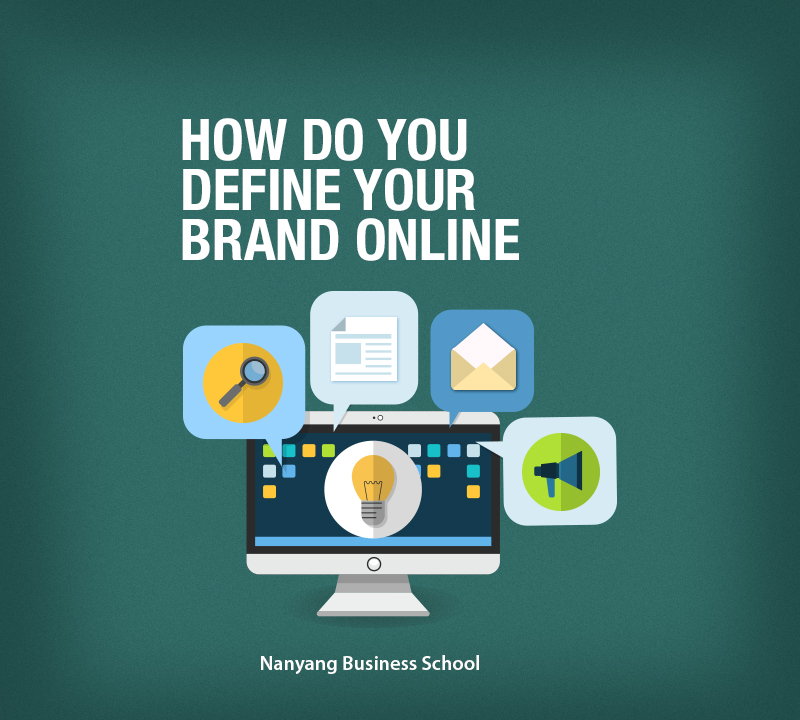The last few years have seen a drastic change in the field of marketing. The physical form of marketing (including one-on-one consultations, display boards and signs) has not died out, but has a new companion – digital marketing. The evolution of informational technology has put the digital space in the spotlight, with organisations devoting significant resources to digital marketing. The term ‘digital marketing’ covers marketing processes that largely depend on the use of technologies. Social networking websites, apps and blogs are examples.
Earlier, customers would touch and feel the product, see some advertisements on TV or in the newspaper, buy the product and leave. These days, digital marketing has expanded the customer-brand relationship by bringing them closer and allowing interaction. Nevertheless, merely opening a Facebook page or a Twitter account doesn’t build your brand.
Here is how you can define your brand online:
- Define Your Target Audience
Every brand has a target group of customers. You need to understand who your customers are and what kind of lives they lead. Are they men or women? What about age and marital status? Household income and location are other factors that are important. What kind of people can afford your product or service? Once that is done, find out which social media websites this group uses. Maybe they are not too Twitter savvy? Similarly, a very young audience may not like spending time reading long blog posts. You need to find out your target group’s online habits.
- Be Consistent
Since your brand has a unique persona, let that persona reflect in your brand goals as well. This means that the design of your website must reflect the brand’s personality. This is why brands for the youth use brighter colours and fun designs with lots of opportunity for interaction. Even your tweets and Facebook posts need to be tailored to fit your brand. Like a brand whose USP is no animal testing, should keep that in mind and never post anything that could question their value – such as posting ads for a company that sells leather products.
- Deliver Great Content
Content drives the customer experience. Your brand could be present on every social media and web platform but not make an impact if the information you are sharing is not appealing. Details about products, prices and promotional offers, all need to be conveyed with the target audience in mind. What type of customers do you have and what kind do you want to attract to your brand? Educate your customers on the industry and not just your brand. For instance, leading health magazines share interesting articles about nutrition and psychology trends that are not from their product.
- Develop the Voice
Along with a personality, a brand needs a voice. When you are tweeting or posting online, you are speaking as the brand. All digital content should stick to a single tone and pace. If your brand is targeting young working women who love to use makeup, then fun may be an important part of your brand’s definition. If it is, keep it fun. If a compassionate, serious voice matches your brand, then stick to that. For instance, a healthcare facility will probably have the latter.
Even if the brand in question has existed for a while, the digital marketing space requires a completely different approach from traditional marketing. Both forms of marketing can affect a brand. The online category helps a brand develop a wider customer base and enables customers to communicate with the company. That in turn, contributes to the brand’s growth with constant feedback. Not a bad thing at all!

You must be logged in to post a comment.